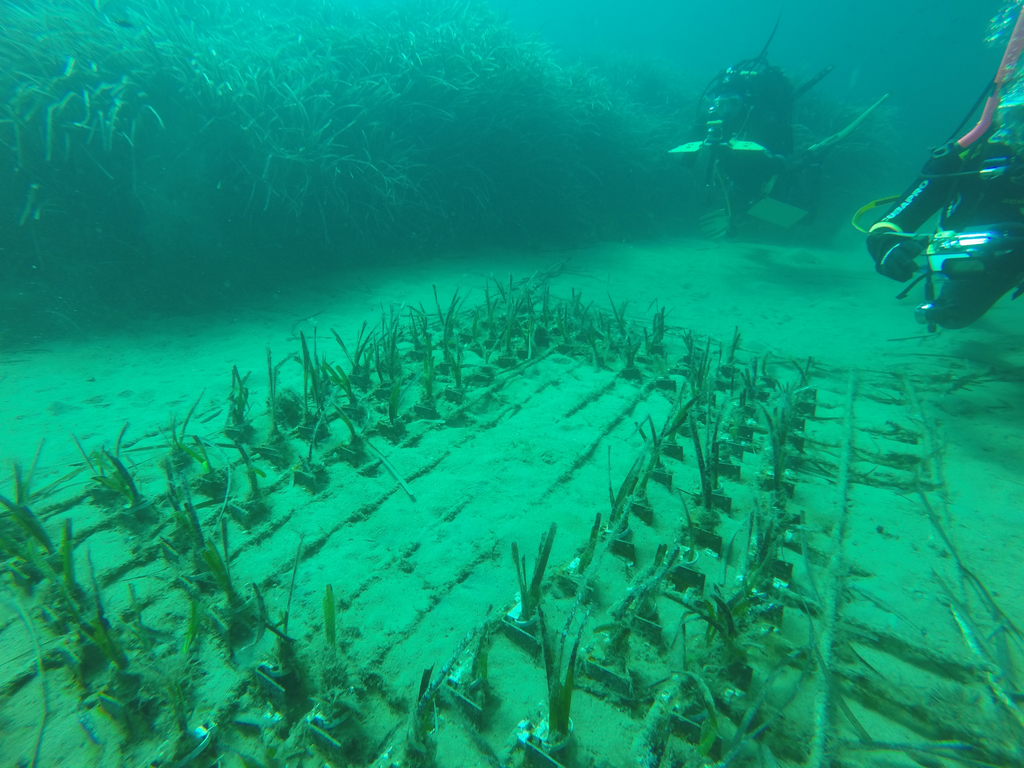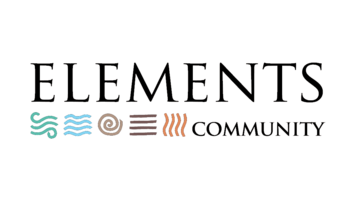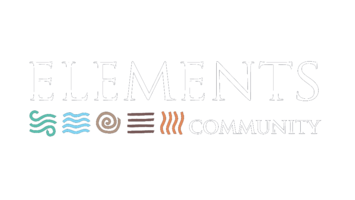Elements Works SRL

Elements Works was founded in 2014 by Michele Grassi, with the goal of devoping advanced producsts and services in the Blue Economy area.
For the first few years the company developed the Power Take Off system netH2O Power P50 to be used in the H24 wave energy converter by 40South Energy and then installed, operated and maintained the H24 in the first Pilot project off Marina di Pisa.
In 2017 Elements Works started a thorough market analysis for the netH2O Buoy concept, which led to the first mock-ups and presentations. In 2019 the first demonstrator buoy was built, leading to subsequent pilot projects.
Now, the revolutionary netH2O platform for power take off systems, buoys and (soon) marine drones is here!
Our first pilot projects have been diverse in nature and in application.
In the Gulf of Trieste, we delivered 4 netH2O-F buoy/drones capable of collecting and transmitting in near real time data on Chlorophill-a, salinity, dissolved oxygen, temperature and current speed. The data, alongside space data from the Copernicus platform and ground data from the Friuli Venezia Giulia sensors network, was used in a Machine Learning software to try and predict possible critical situations related to mussels cultivation.
In Capraia island we deployed, together with the research institute CREA, two netH2O-C buoys to monitor an experiment with fish food that they conducted. The experiment was completed and now the buoys are back with us for an upgrage.
See our netH2O Buoy Pilot projects page for further information on our activities.

For the development of netH2O, we performed two crowdfunding campaigns.
The company is now working on a first seed investment round, to accelerate commercial launch of our netH2O. If you want to invest please contact us.
Recently Elements Works has won a PNRR grant, together with Politecnico di Bari, for the creation of a high definition model of waves in the north Adriatic sea.
In the past, Elements Works has developed some key innovative underwater technologies, among which an underwater cultivation system (useful, among other things, in underwater reforestation projects or in aquaculture) and an underwater barrier system (useful, among other things, to build seapools (swimming pools located at sea) or jellyfish nets which can be mounted by the final user without intervention of specialised personnel and that can withstand significant variations in water depth due to waves or tides.
The Smart Mini Barge, picture below, was developed to install and remove the P50 power take off system from the H24 wave energy converter. It was later used also for other applications (like precision dredging) due to its versatility and the capacity to lower up to 1000Kg (wet) down to 20m of depth.

In the picture above the Smart Mini Barge is equipped as Autonomous Dredging Platform, which is a 4 tonnes ASV used for precision dredging. The Autonomous Dredging Platform was entirely designed and built by Elements Works.
State of the art technology and the four elements: an explosive mix which gives birth to unique projects.

Elements Works has several high profile clients for its marine products and services. The main ones as of today are:
ASA SpA, for which we deployed an experimental reforestation project of Posidonia Oceanica which included our innovative underwater cultivation system
Bagni Rex di Livorno, for which we built and installed an advanced jellyfish net system.
Consorzio per il Centro Interuniversitario di Biologia Marina ed Ecologia Applicata (CIBM) di Livorno, to which we offer advances support services for their activities at sea.
CREA Ricerche, to which we are supplying advanced monitoring buoys
Enel Green Power, for which we conduct all O&M activities at the wave energy site in Marina di Pisa and we conducted a feasibility study for an additional site.
Navicelli SpA, for which we completed bathymetric studies and a computation of dredging volumes prior and subsequently dredging activities in the canal.
Panteaenius GmbH, for which we completed, in coordination with Capitaneria di Porto, an offshore underwater search of a leisure boat supposed to be sunk.
Porto di S. Vincenzo, for which we completed some underwater maintenance work inside the harbour.
Porto di Pisa SpA, for which we completed several precision bathymetries for areas inside and outside the harbour, and we completed the consenting process for the dredging of the entrance of the harbour (“avamporto”), including the collection of samples for subsequent analysis by a specialised laboratory. We subsequently conducted the dredging of part of the entrance of the harbour, using a pump operated by our floating mini-barge, which we designed and built. All activities have been documented with precision bathymetries (using a differential GPS system), executed analysed and rendered on digital supports by us.
Punto Arno Srl, for which we completed the dredging of an area on Arno River, opening it again to boat access after several decades of inactivity. For the activity we used mainly our pump mounted on our own mini-barge, plus other dredging equipment. All activities have been documented with precision bathymetries (using a differential GPS system), executed analysed and rendered on digital supports by us.
Stabilimento Bagni Paolieri snc, for which we built and installed an advanced jellyfish net system.


